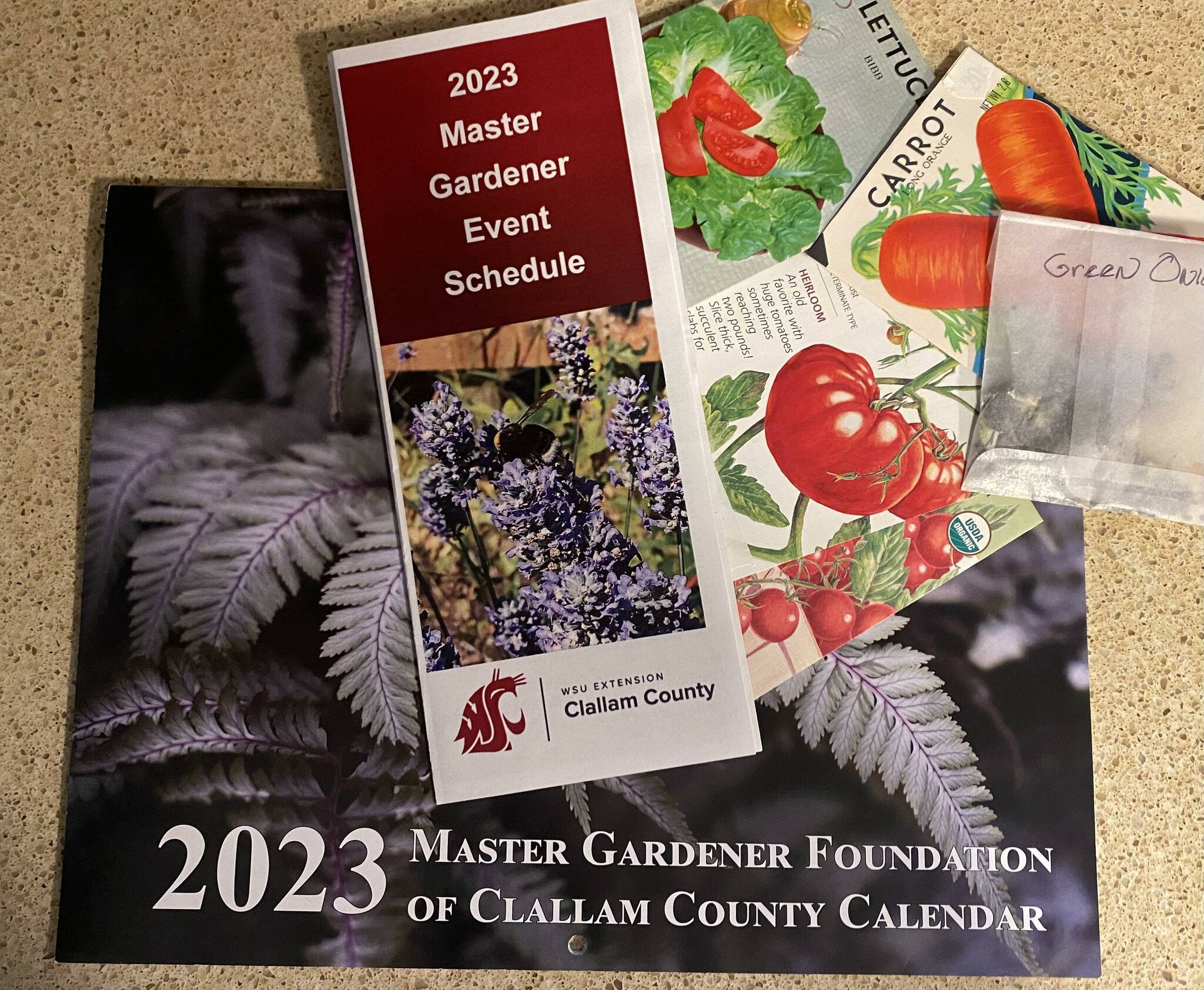Let’s start with the Word of the Month: “Oppugnant” is an adjective meaning opposing, antagonistic or contrary. Used in a sentence: “March can be an oppugnant month for gardeners, however, March can also be delightful and productive.
Here is hoping that the ground is drying out after winter rains and the sun shines on all the eager gardeners just longing to get into the soil. Cheers!
If not, resist digging in your garden areas until the soil is dry enough to be worked. Digging wet soil may damage the soil structure and that may lead to poor aeration and drainage.
There is productive work to be done in March and, unfortunately, one job is weeding. (Isn’t it always?) Don’t let the weeds in your garden bloom and go to seed. Pull or at least top the weeds to avoid the seeds spreading.
Once weeded, temporarily cover the area with a dark, porous barrier or cardboard to greatly reduce new weed growth until you are ready to plant.
When weeding, try not to disturb the soil of an area as much as possible where you don’t plan on amending the soil. Doing so will bring dormant weed seed to the surface and can disturb many beneficial organisms that help improve the soil.
It is also time to carefully inspect your plants, looking for signs of winter damage from wind, snow and animals. March is a good time to prune out obviously dead or broken branches.
Look for signs of animal damage, especially rodents, and make sure your mulch is several inches away from the trunk or base of the plant.
Some plants may look rugged, but don’t give up on seemingly damaged plants. These plants will need time to recover. Treat them as if newly planted and give supplemental water for the year.
Hold off on fertilizer until they start to successfully bud out.
While the pruners are out, it is time to finish any dormant pruning jobs such as roses, fruit trees, summer blooming shrubs, and other plants that need a little sprucing up.
A few more tips offered on the March Garden Calendar found at the WSU extension website, extension.wsu.edu/clallam/mg/resources, to help get March off to a good start.
Visit the extension website for a wealth of information. For vegetable gardeners, don’t miss the link to “Recommended planting times and vegetable varieties for the North Olympic Peninsula.”
Vegetables
• Dig garden beds when they are dry enough to be worked, adding compost and fertilizer.
• Mow or chop cover crops before they set seed. Allow leaves and stems to dry and dig in.
• Direct seed cool-season vegetables into the garden including arugula, beets, chard, greens (Asian and mustard), lettuce, onions, peas, potatoes, radishes, spinach, and turnips.
• Start cabbage family, leek, and parsley seeds indoors under lights.
• Harden off and transplant cabbage family and leek starts into the garden. Cover, if temperatures are likely to dip below freezing.
• Fertilize rhubarb using a balanced fertilizer.
Fruit trees
• Plant fruit trees in early spring. Be aware if the tree needs a different variety for cross-pollination.
• Spray fruit trees with horticultural oil before bloom, if aphids and other pests have been a past problem.
Spray apple and pear trees with a fungicide registered for scab if this has been a problem in the past. Follow instructions on the label. Do not apply fungicides while trees are in bloom.
Berries
• Plant blueberries, raspberries, blackberries, and strawberries as soon as soil can be worked.
• Remove dead canes from raspberries and blackberries and trellis second year canes, if you have not done so.
• Rake soil under blueberries and mulch, if mummy berry has been a problem in the past.
• Fertilize day-neutral and ever-bearing strawberries in late March and raspberries and blackberries as new canes start to grow.
Always remember, we have many micro-climates in Clallam County; growing conditions can be very different between nearby buildings and even within your own property. The amount of sun your garden receives, elevation, and exposure to the wind are a few of the variables that make your growing conditions unique. When in doubt, do a little research about the best conditions for growing specific plants and adjust accordingly.
Happy growing!
Susan Kalmar is a certified WSU Master Gardener.
‘Get It Growing’ is back!
Welcome back to the “Get it Growing” column written by WSU certified Master Gardeners of Clallam County. This year we are pleased to include research from Master Gardener trainees who are working with our veteran MGs. “Get it Growing” will appear most Wednesdays, March through October. The first article of the month will review gardening activities typically done during that month and will highlight Master Gardener seminars, plant clinics, and other events offered locally. The third week of the month will feature everyone’s favorite advice column, “Ask a Master Gardener.” We’ll answer questions that you may have never thought to ask.


